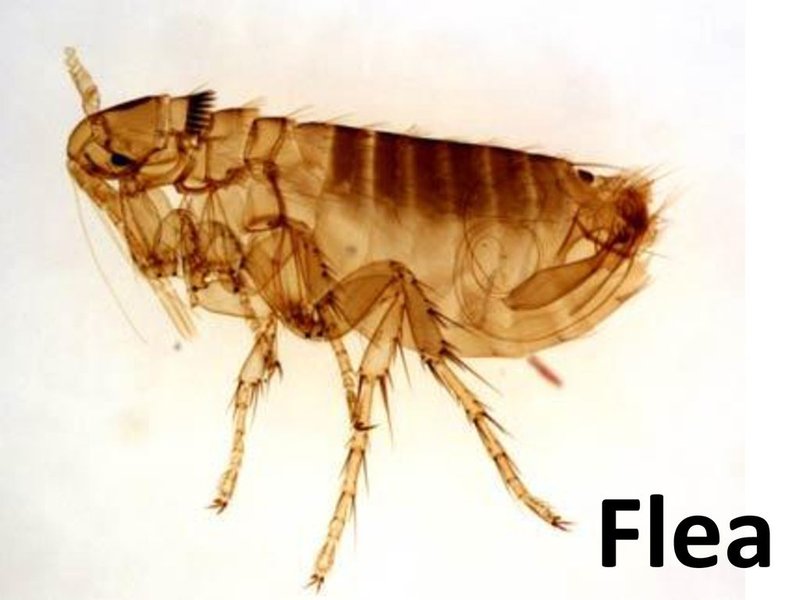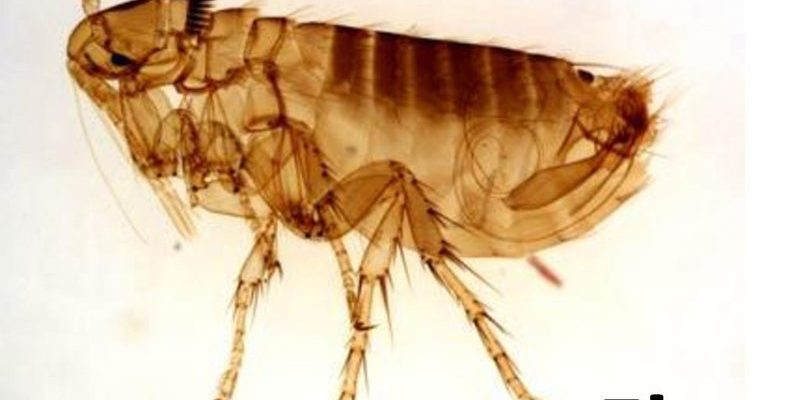
Fleas are more than just tiny bloodsuckers; they are part of a larger tapestry of life that includes not just animals but also plants, soil, and microorganisms. They serve as food for many creatures and help with nutrient cycling in ecosystems. So, let’s dive into this world of fleas and discover their surprising benefits.
What Exactly Are Fleas?
Fleas are small, wingless insects belonging to the order Siphonaptera, and they come in over 2,500 species! Most people are familiar with the common cat flea, but there are many others out there. These insects have flat bodies that help them travel through fur and feathers easily. They are also known for their powerful legs, which allow them to jump up to 200 times their own body length. Imagine being able to leap across a room in just one bound!
Fleas are parasites, meaning they live by feeding on the blood of their hosts. Typically, these hosts include pets like dogs and cats, but they can also bite humans. While this may sound unappealing, it’s important to understand that fleas are part of a complex food web. They often have specific host preferences and thrive in environments where these hosts are abundant.
The Food Chain: Fleas as a Meal
You might be wondering, who in the world eats fleas? Well, these little critters are considered a delicacy in the insect world. Various birds, mammals, and even some amphibians rely on fleas as a vital food source.
For instance, consider animals like meadow voles or shrews. These creatures often hunt for fleas among grasses and foliage. When they consume fleas, they help control flea populations, keeping the ecosystem in balance. In a way, you can think of fleas as a stepping stone in the food chain; they’re not just bloodsuckers; they are part of the diets of many animals, contributing to the survival of various species.
Nutrient Cycling: Fleas in the Ecosystem
One of the crucial roles fleas play is in nutrient cycling. You might be familiar with the concept of decomposers in nature, like worms and bacteria, but fleas also contribute to this process. When fleas feed on their host, they can stimulate skin shedding and waste production, which can help enrich the soil.
As flea populations fluctuate, the waste they produce (and the remains of fleas that die) adds organic matter to the soil. This organic matter is essential for the growth of plants and contributes to soil health. Healthy soil means healthy plants, which in turn support a variety of wildlife.
Fleas and Biodiversity
Biodiversity refers to the variety of life within an ecosystem, and fleas contribute to this in several ways. For starters, fleas can host a variety of parasites and microorganisms, creating an entire community around them. This host-parasite relationship supports different life forms and helps maintain ecological balance.
By being part of the life cycle of many birds and mammals, fleas influence the population dynamics of their hosts. For example, if a host animal is heavily infested, it might become weaker and more susceptible to predators. Alternatively, a healthy host might thrive, reproducing and contributing to the population of its species. In this way, fleas indirectly help maintain a diverse and balanced ecosystem.
The Impact of Fleas on Pets and Humans
While we’re discussing the ecological advantages of fleas, it’s essential to address the flip side. Fleas can cause health issues for our pets and even ourselves. Infestation may lead to significant discomfort, and in some cases, serious health problems like anemia in young animals.
It’s crucial for pet owners to manage flea populations effectively to protect both their pets and the larger ecosystem. Using safe and effective flea treatments can not only help your furry friend but also prevent the spread of fleas into the environment, reducing their impact on wild populations.
Fleas in Research and Medicine
Interestingly, fleas have been the subject of research in various fields, including medicine! Their unique biology offers insights into pest control solutions and even how blood-feeding organisms interact with their hosts. Fleas have special features that allow them to thrive in environments that are hostile to many other insects.
For instance, scientists study flea saliva to better understand its effects on the immune system. Researching fleas can help us develop new treatments for allergies and even improve our grasp of how diseases are transmitted through blood-feeding insects.
So, there you have it! Fleas may seem like the last thing you want to think about, but they contribute to ecosystems in meaningful ways. From serving as food for various predators to playing a part in nutrient cycling, these tiny insects help maintain ecological balance.
While it’s natural to want to keep fleas away from our pets and homes, understanding their role in nature gives us a different perspective. By appreciating what fleas do for the ecosystem, we can better manage their populations and support a healthier environment for all creatures. Remember, every element in the ecosystem, no matter how small, has its role to play.

